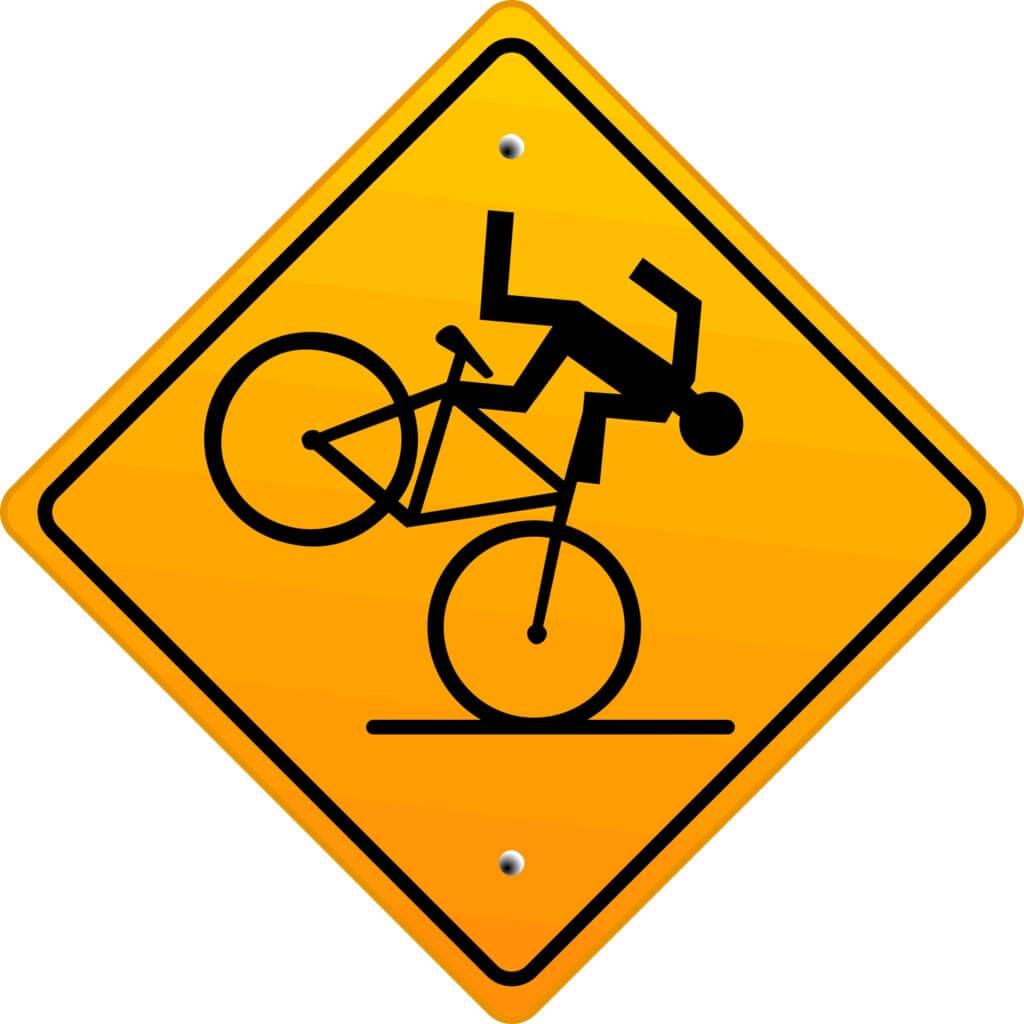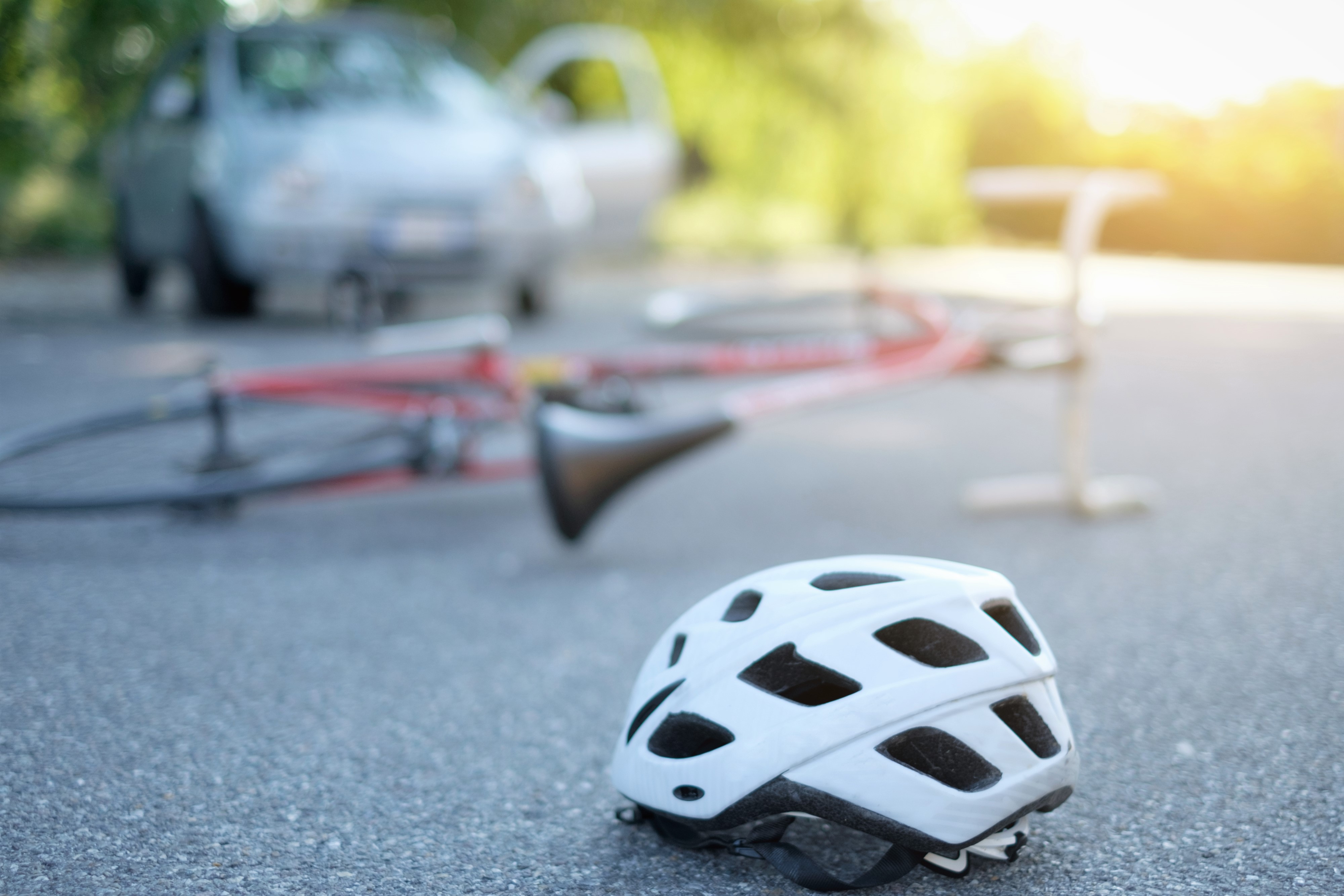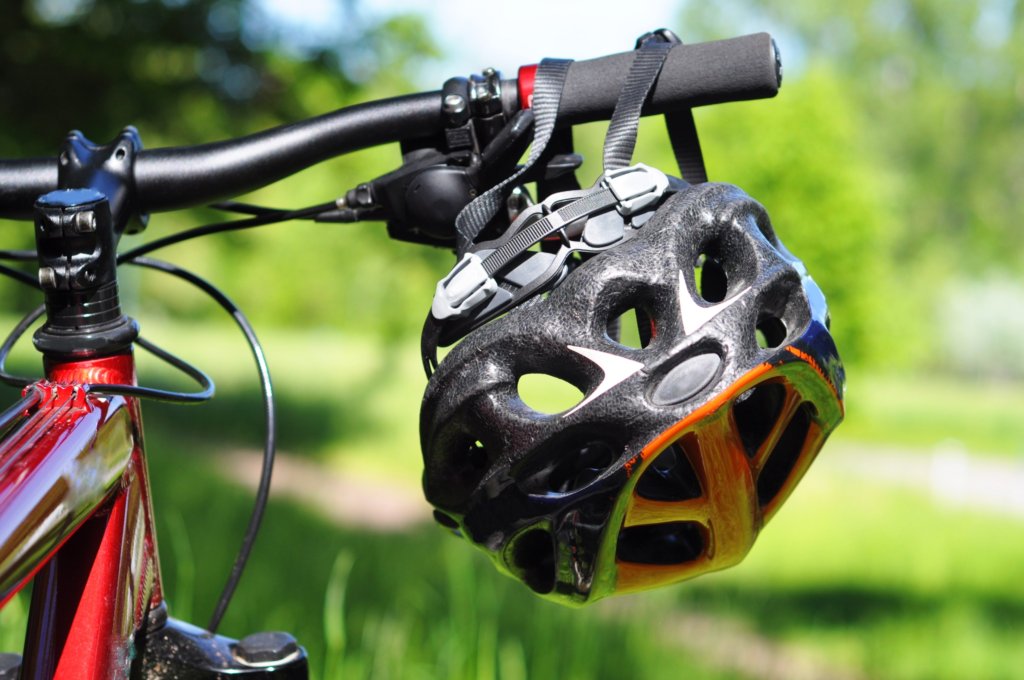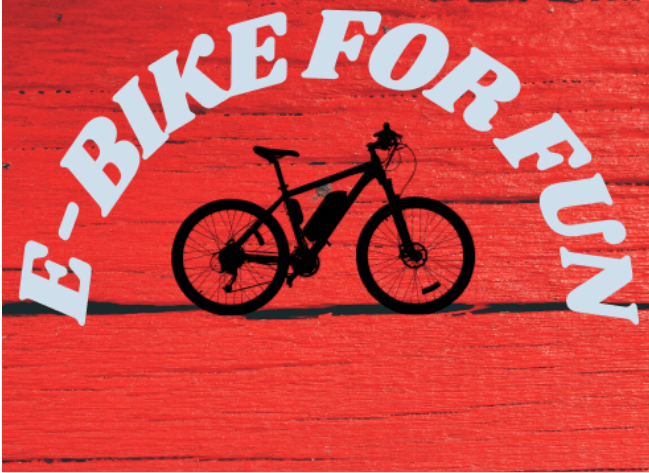I hope the buying tips I shared in my previous post were of help in buying your e-bike. If so, you are now ready to start riding. However, before starting your love affair with your bike, it is important to focus on e-biking safety.

Why is e-biking safety important?
The reality is any cycling can be dangerous as accidents can and do happen. American accident data indicates about 2% of deaths in motor vehicle crashes are cyclists. Moreover, the rapid adoption of e-bikes by those 50 or older adds the additional highlighted risks:
- E-bikers are three times more likely to be in an injury accident compared to regular cyclists.
- The same research suggests that e-bike accidents are three times more likely to involve pedestrians.
- E-bike injuries are likely to result in head and internal injuries.
- Canadian data on all cycling fatalities suggests nearly half of fatalities are cyclists 50 or over.
- Males are 6 times more likely to be involved in fatal accidents compared to females.
Factors Affecting E-bike Safety
You will read some opinion pieces suggesting e-biking is as safe as riding a regular bike. An international review of the data suggests otherwise.
If you remember some of your high school physics, it is clear why focusing on e-biking safety is important. E-bikes are heavier (mass) and travel faster (velocity) than regular bikes. This combination increases the risk of injury to the rider or a pedestrian by 25% at speeds up to 32 kph (25 mph) when compared to accidents involving regular bikes.
Furthermore, e-bikes are up to 10 to 15 kilograms (22 to 33 pounds) heavier than regular bikes. This extra weight combined with the rider’s weight means the mass will be upwards of 25% more than your regular bike. And if you add the extra speed available from your e-bike, the impact in an accident will be four times more than on a regular bike. Ouch!
Beyond the pure physics of e-bikes being heavier and faster, three additional factors come into play.
- The age of the rider affects reaction time. As we age, our reflexes are slower – at least mine are. This means we need to remain even more alert to potential obstacles, including pedestrians or open car doors to avoid potential accidents.
- Gender also plays a role as males are involved in more cycling deaths than women – almost 6 times more. Guys, we need to park our egos, use helmets and ride under control.
- The weight of e-bikes makes them less manageable when stopping suddenly, hitting potholes or swerving to miss that yapping dog.
Ignoring e-bike safety has consequences

It is easy to discount safety as many of us have ridden bikes for several years. The following two personal stories may help reinforce the need to keep safety top of mind when riding our e-bikes.
- On a previous trip to southern British Columbia, my wife and I went for a ride in the country on our regular bikes. This turned out to be quite an eventful ride. Partway through the trip, I hit gravel coming down a hill and tumbled off my bike. Fortunately, only a few bruises on my arms and legs were received. However, had I been on my current e-bike, I’m sure it would have been much worse. As it was, the ride included a bee stinging me inside my mouth and encountering a bear running towards us on the road.
- About three years ago, we did a bike and boat tour along the Danube river. This tour is an exceptional way to see parts of Europe through cycling. On the second last day of our trip, we were enjoying a day biking tour of Vienna. About an hour into the tour, one of our new friends from Quebec, hit an uneven curb with her bike. She went flying off her bike and landed awkwardly on the sidewalk. The result was a broken arm in two places and exceptional pain as they couldn’t set the break until they returned home.
The two incidents underscore that none of us are invincible. Cycling accidents can and do happen. Having a safety mindset reduces the risk of injury and increases our e-bike safety.
E-biking is fun. To keep it that way, there a few basic habits we can develop to promote safety and increase our enjoyment.
Helmets are a must
In most areas of North America, helmets are required for children for a simple reason – they protect kids from head injuries. So as adults, what do we do? Ignore this basic reality and stop wearing our helmets.

Helmets are proven to reduce head injuries and reduce the severity of injuries. The data shows that head injuries are reduced by up to 50% and face or neck injuries by 33% with the use of helmets. They can’t protect you from everything but can significantly reduce the risk of serious head injury.
With the purchase of your new e-bike, buying a quality helmet such as Giro is a must. As well, here is a useful guide post to help you select and properly fit your new helmet.
Practice riding your e-bike
At our age, we know that practice makes us better at almost anything we try – driving, golfing, cooking, woodworking and any other hobby or activity.
It’s no different learning how to ride our e-bike safely and with more confidence. When you get your new e-bike home, take it out for a few short test rides. See how it handles when you hit a pothole or brake suddenly. Or ride along a street with parked cars to get the feel of being close to cars while using your power assist. Ensure to watch for car doors opening or pedestrians emerging between parked cars.
Can you manage your bike and react in time to safely deal with whatever you encounter?
This practice time is also a great time to get familiar with your motor settings and how best to manage your gears. This will help you use your pedal assist to cruise up hills and extend the range of your bike.
Be Visible and Be Noticed
It seems strange to suggest a cyclist and their bike aren’t visible. But if you place yourself in a driver’s or pedestrian’s perspective, it’s surprising how often they are surprised when you come upon them. Your e-bike is quiet and faster than a regular bike so its important that you are both visible and seen.
- If you have lights, use them during the day and at dusk.
- Wear bright clothing or a cycling vest
- Signal with your bell to ensure you are noticed
- Make eye contact with drivers or pedestrians to ensure they see you
- Stay in your lane and ride predictably. Drivers get frustrated with cyclists who don’t seem to know where their bike is or don’t stay in their lane.
- Be particularly diligent about avoiding a driver’s blind spot, especially when they are turning.
While we share the road with others, the consequence of not being seen are more drastic for cyclists. Good e-biking safety means always being seen and noticed.
Follow the rules of the road
As both a car driver and cyclist, nothing infuriates me more than cyclists who ignore basic traffic laws. This means running stops signs, ignoring traffic lights, not signaling turns, or riding two or three abreast. But more than being an irritant, it can be dangerous. As the Canadian statistics on cycling deaths show, a third of cycling deaths occur when cyclists ignore traffic laws.
When you ride in traffic, you are on a motorized vehicle. It really makes sense to ensure that rules of the road are followed.
Be Mindful
Mindfulness
1. The quality of being conscious or aware of something
2. A mental state achieved by focusing on one’s awareness on the present moment
Google definition
Regardless of the reason you cycle – fitness, recreation, transportation, mental health – it is important to remember you are riding a motorized vehicle. The enjoyment and freedom offered by e-biking is immense. But it also requires us to remain mindful of our surroundings and potential dangers.
Practicing e-biking safety ensures we achieve the maximum pleasure or enjoyment while minimizing the risk of injury to ourselves or others.
Enjoy your ride and be safe.

Good article. I would add a thing or two.
Don’t rely on bell. It is very hard to aurally locate a sound with rapid decay. And if used when close to pedestrians it may startle them into your path. A bell is useful for creating awareness of your approach while you’re some distance away. If you don’t see them turn around and look at you, if you are approaching from the rear, call out. Not just “on your left.” That’s OK for cyclists (at least “serious” ones) but if all they hear (or process) is “left” they may, once again, move directly into your path. Give them more time to locate where the sound is coming from AND context to process it. I usually say “bike passing on your left.”
Use a mirror. Make sure your helmet is always buckled, and adjusted so it’s snug.
Stay hydrated (drink before you’re thirsty.) Stay fueled (eat before you’re hungry.) Failure to do these things impairs reaction time and judgement
Both seeing and being seen are important. Being seen is pretty well covered. If you will EVER ride at night, you probably need a better light than the bike came with.
The bell can startle folks though so many wear headphones neither a bell or voice can get their attention.
Thanks for your contribution.